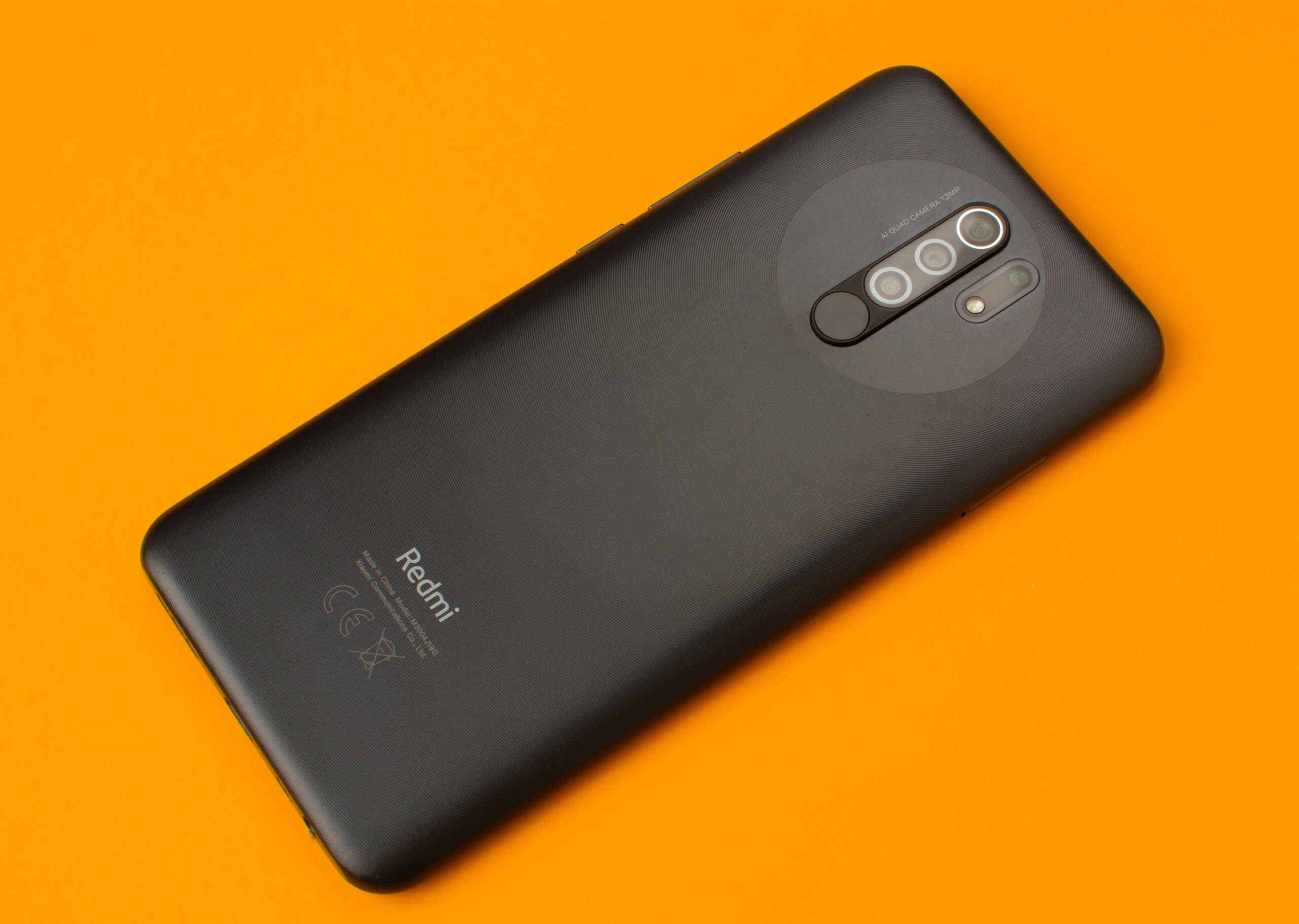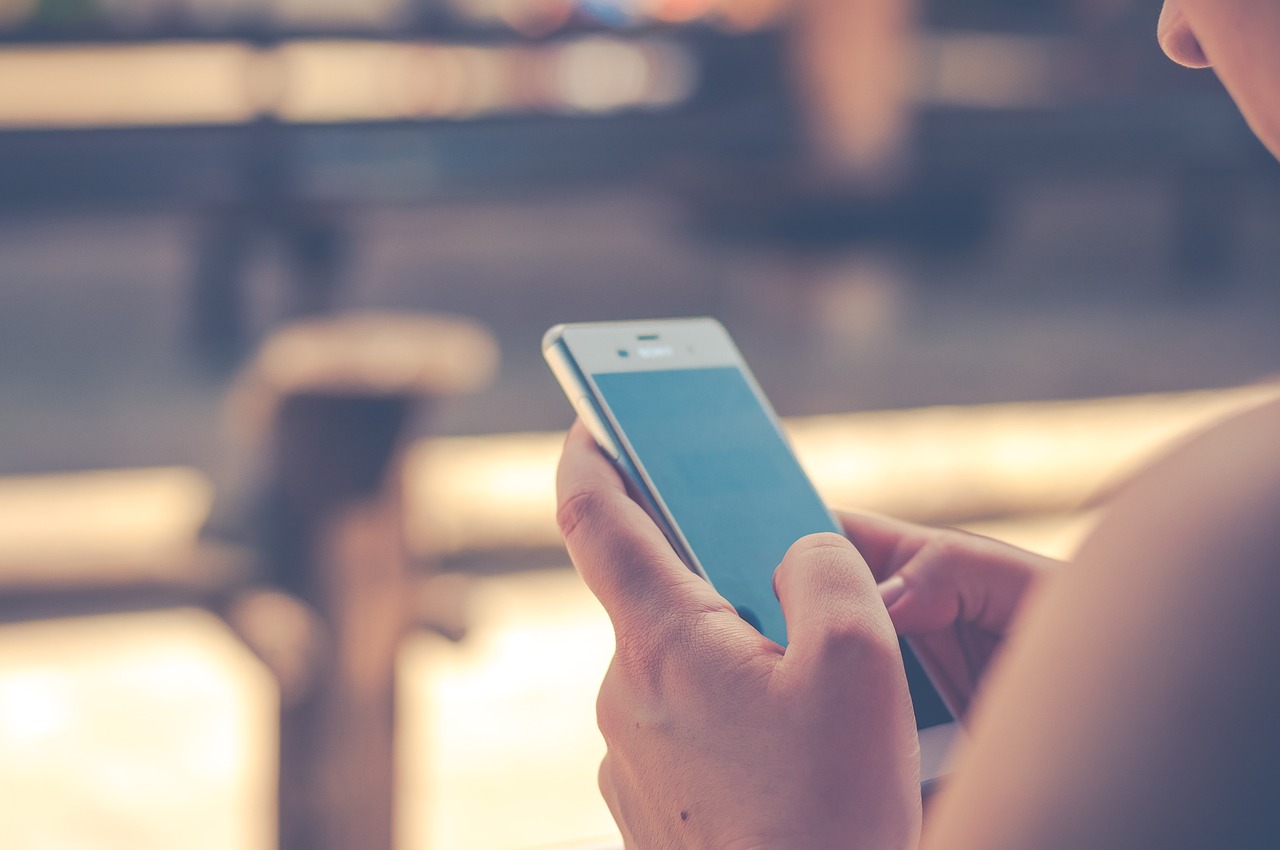Keeping your data safe is essential to avoid further problems. Learn how to do it!
Unfortunately, it is quite common to hear about cell phone thefts and robberies, especially in large cities. In addition to the financial loss, the victim suffers psychological damage, mainly due to the fear of exposing their data stored on the device, whether photos, videos, documents, passwords, or access to banking applications.
Therefore, you need to be aware of the risks and take some measures if you find yourself in a similar situation. Find out now how to protect your cell phone in case of theft or robbery, to avoid an even bigger headache.

Robberies and thefts
According to data from the 17th Brazilian Public Security Yearbook, in 2022, almost one million cell phones were stolen or robbed in the country. The number closed at 999,223, with an increase of 16.6% compared to the previous year, 2021.
What can help with financial losses are insurance policies offered for this type of case, which cover the full value of the device, or a good part of it. However, the data on the device remains in the hands of criminals, who can use it to blackmail the victim or carry out scams through social media, which is quite common nowadays.
How to protect the device
A basic way to protect your cell phone is to set a password to block it, preventing anyone from quickly accessing it. However, you must remember not to write down this password on the cell phone itself, whether in a notepad or somewhere else, because in some cases, theft occurs while the cell phone is unlocked and the criminal can access the password if it is written down on the device itself.
Other protection methods are access to the cell phone through biometrics, facial recognition or unlocking with a drawing, depending on the cell phone system.
It is also ideal to leave the device's location activated, which allows its data to be deleted remotely, via the system's or manufacturer's website.
Banking applications
Banking apps are ideal for making payments and transactions easily, but this access also makes it easier for criminals to work. Therefore, it is best not to use this type of service on your main phone, but rather on a secondary cell phone that you keep at home, to avoid this type of problem.
Another simple way is to not leave this type of application on the main screen, if possible, it is ideal to hide them and define secret commands so that you can use them.
What to do after theft or robbery
Track and erase data
iPhone users can track their cell phone through icloud.com, which can be accessed from a computer or another cell phone. The tool can track even if the device is turned off or has no internet. To use it, simply log in with the ID registered on the stolen cell phone. This will erase all data from the cell phone.
Android users can use Google's Find My Device. It will show the location of the device and can also erase all of its data, preventing others from accessing it. It is important to remember that in this case, once the data is erased, it will no longer be possible to locate the device.
Block the number
It is also a good idea to contact your telephone operator to inform them of the case and ask for the IMEI blocking. This means that the cell phone will not have access to the telephone network. It is also important to request that the telephone line be blocked to prevent access to SMS and calls to the device.
File a police report
It is very important to file a police report to inform the police of the incident. The report can be filed online, through the police website in your state. You must be over 18 years old and have a valid CPF and ID.
Contact the insurance
If you have cell phone insurance, after filing the police report, you must contact the insurance company to request coverage for the device, as agreed in the contract.



